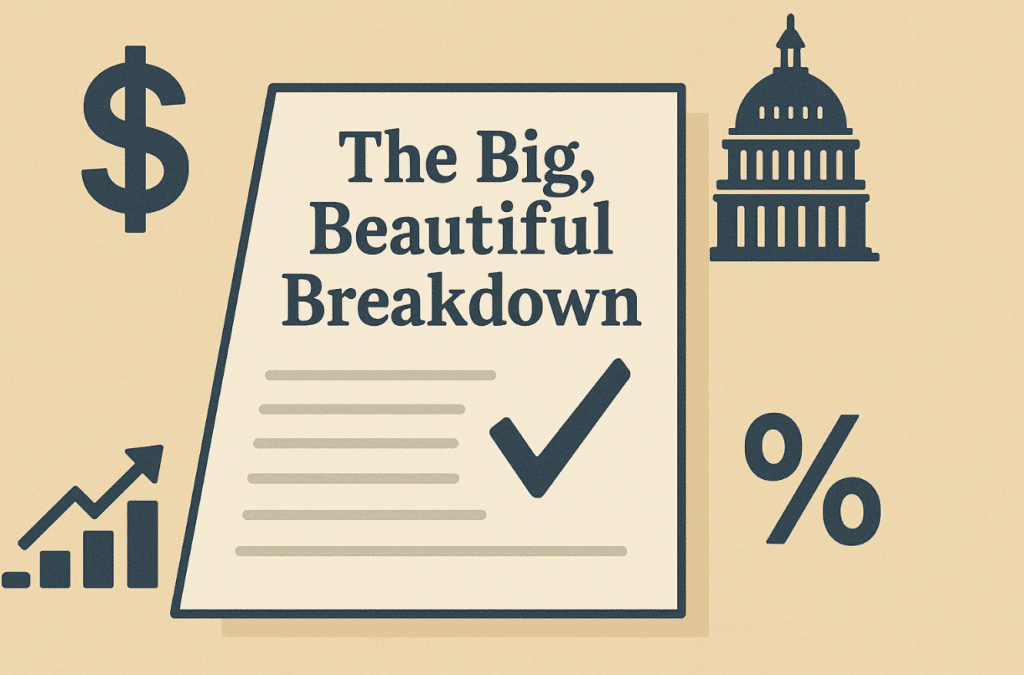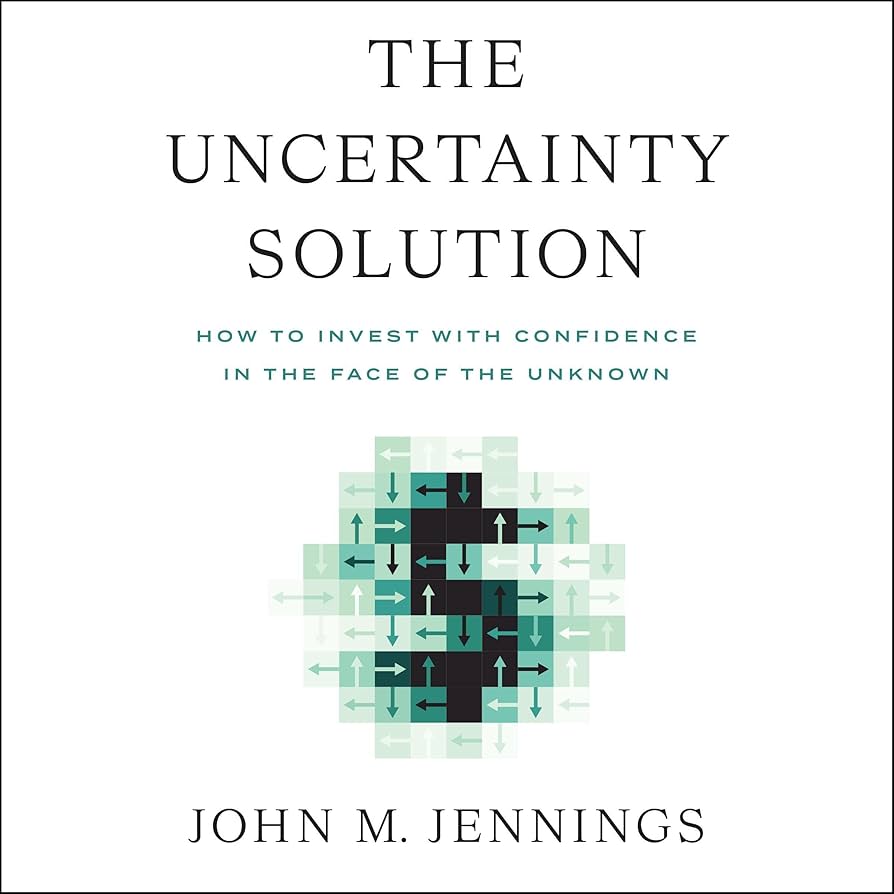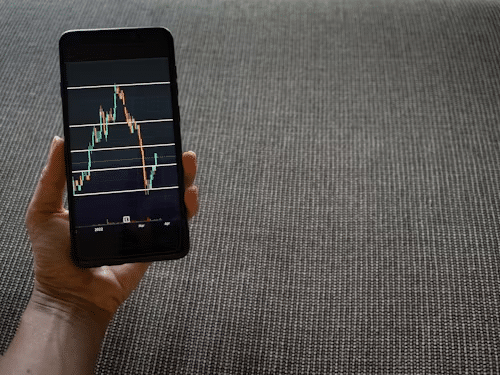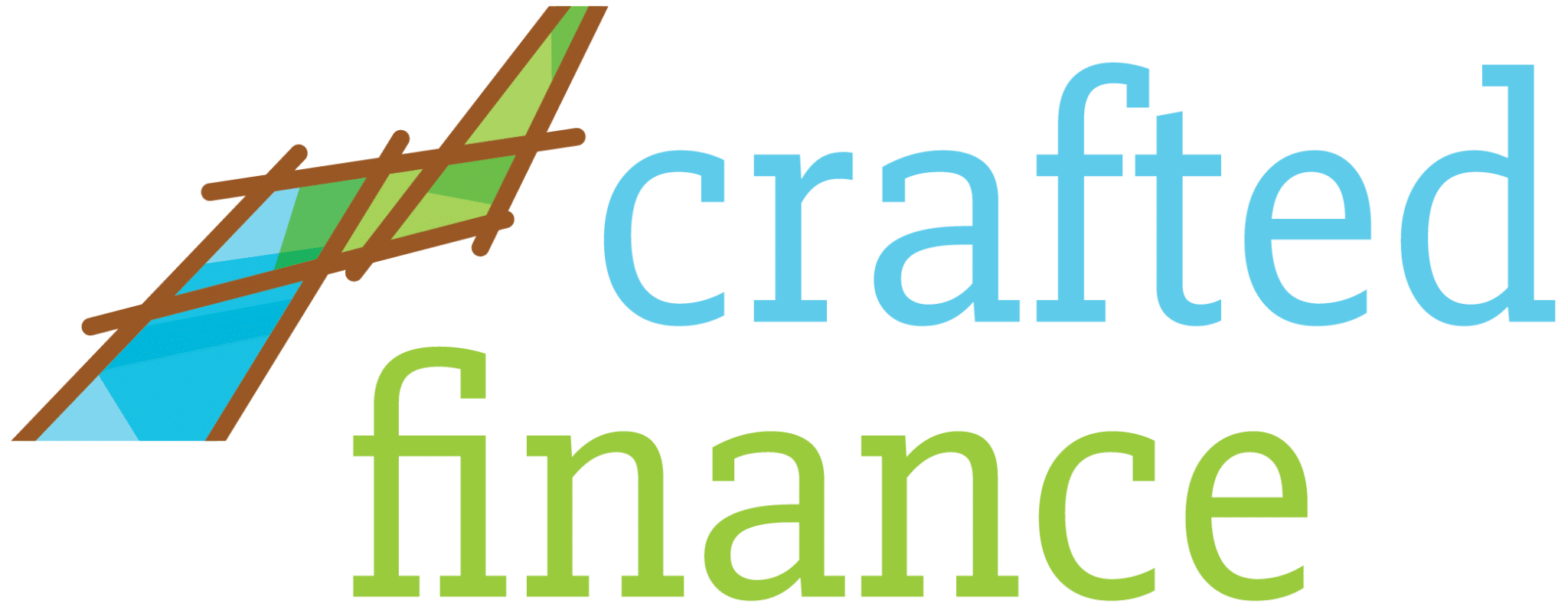In case you’re not caught up on the latest lingo, “gassing up” is the same as overhyping. But unfortunately for us, recent inflation has lived up to its reputation. Just last month we saw the largest annual growth in Consumer Price Index inflation (7.9%) in 40 years.1 And to make matters worse, it’s not looking like high inflation is going anywhere anytime soon.
If you’re feeling anxious, it’s okay. Economic cycles like this can be nerve wracking even to seasoned professionals. But we have to keep our emotions in check, and take the time to understand the problem. Together, we’ll review what’s driving present inflation, where it’s hitting, and where it’s forecasted to go from here.
What’s Driving Inflation Right Now
Generally speaking, there are macro-level factors that often drive inflation. These include things like the creation of new money, increases in demand, and drops in supply.2 Some of those forces are at play here, so let’s take a look closer at where they’re coming from:
-
- Ukrainian Conflict: Warring tensions between Ukraine and Russia have spiked oil prices. With leading energy producers (ex: BP) pulling out of Russian deals, and the U.S. banning the importation of Russian oil, supply hasn’t been able to keep up with hefty demand. This rise in oil prices has spilled over to other key goods like gasoline.3
-
- Lingering Pandemic Issues: You may be sick of hearing about the pandemic, but we’re still recovering. Economically speaking, we’re still dealing with its supply chain issues. Labor shortages and material shortages are still at play.4 And major sectors of the economy, like construction, are still being rocked exactly like last year.
-
- Consumption Continues: Despite record levels of inflation, many sectors of the economy have seen growing demand. Take for example, retail sales. Just this past January, the U.S. Census Bureau reported that retail sales rebounded at a rate that was double expectations (3.8%).5
Inflation itself isn’t inherently bad. In fact, it’s a completely normal (and expected) phenomenon. But the levels we’re seeing now are far past typical. And warring tensions, supply chain problems, and strong consumer demand are working together to help send it soaring.
Where We’re Noticing Most
Inflation can be defined as the loss of a currency’s purchasing power, reflected by the general rise in prices for an economy’s goods and services.6 Simply put, inflation’s impact on prices is widespread and likely to be seen across the board. However, we’re going to focus on areas hit particularly hard, and one’s you’re likely to see:4
-
- Gasoline: As mentioned above, the Ukrainian conflict has spurred some serious spikes in oil prices, which have impacted other goods like gas. Expect some pain at the pump, because we’ve seen a staggering 48% increase gasoline prices.
-
- Automobiles: Car prices have seen some serious surges. New car costs have risen 12%, but that’s nothing compared to their used counterparts. It’s been found that the price for used cars has jumped by a jaw-dropping 41%!
-
- Groceries: You’ll be experiencing some sting in your local grocery store checkout lines too. Prices for food have risen 8%.
-
- Heating: Heating is great, but it’s been a lot more expensive. The Federal Energy Regulatory Commission has shown that households should expect up to a 54% increase in their heating costs this winter. Thankfully, warmer weather is around the corner, but be aware of how costly it could be heating your home.
Again these aren’t the only areas that have been affected, but governmental agencies have identified them as major ones.4 Other major sectors like real estate, were rocked last year, and we’re still seeing more of the same sky-high prices. Suffice it to say what’s been and become inflated, is looking to stay that way. At least that’s what the forecasts are saying.
Where Are We Headed?
No different than the stock market, the short and sweet answer to this question is, no one knows for sure. Nevertheless, we can use the data at hand to make educated forecasts. And right now there seems to be some consensus of where we are heading in regard to high inflation.
As one of the leading organizations equipped to influence inflation, the Federal Reserve (Fed) itself has acknowledged the seriousness of this inflation. The Fed Chairman, Jerome Powell, and the U.S. Secretary of Treasury, Janet Yellen, have gone on record calling recent inflation “non-transitory.” This means they no longer view what we’re seeing as a short-term problem.7
Nicolai Tangen, CEO of the largest sovereign wealth fund for Norway, went on record saying, “[Inflation] will remain high for a long time.” Additionally, BlackRock Inc., the world’s largest asset manager, recently produced a research report. They found that even if the Fed “… hit the brakes, they will likely learn that the damage done to growth to get inflation down is too great.”8
How Crafted Finance Can Help
At Crafted Finance, we understand that times like these can be scary. Especially, for those who don’t have financial storms weathered under their belt. But you’re not alone in facing them, and that’s where we come in to help.
We help guide our clients through high-inflationary times. By customizing investment portfolios to meet their needs, goals, and risk tolerance, we help them keep momentum towards financial freedom. And it’s looking like higher inflation isn’t going anywhere soon, so now’s the time to plan accordingly.
Additionally, we help ease the nerves of our clients by being completely transparent with our costs. The last thing you need right now is anything else eating away at investment gains. As a fee-only advisory firm we focus on your best interest, and have no hidden agendas when recommending solutions.
If you’re feeling anxious over the inflation you’re seeing right now, we’re here to help. Please feel free to reach out to us at (650) 336-0598 with any questions, or fill out a contact card here, and we’ll reach out to you.













